Gatakoage 蛾凧揚げ (Moth Kite Flying)
About the Festival
During the ninth month of the year when autumn approaches, the strong winds around the Yamato Mountain Range begin to pick up.
Starting some time in the 4th century GE, the children's past time of kite flying began to pick up popularity among adults, and a couple of neighbors in Yamaseki began to craft elaborate kites styled after murasaki, yarenma, and sensô moths. The fad began to spread like a wildfire and in time became a tradition.
Today the gatakoage is a national celebration in the Yamato Kingdom that is held on the eighteenth day of the ninth month, during which people eat gayaki, a sort of moth-shaped pastry that is filled with sweet red bean paste, and fly colorful, moth-shaped kites while having a marvelous time. Excessive drinking, confection stands, and kite crafting workshops are usually also a given part of this festival: the larger the community, the more elaborate the celebration.
An Outsider's Perspective
My old history teacher always had a cynical or denouncing remark ready when the topic turned towards the Yamato Kindom. "The Land of Hestia ", he called it, referring to that mad magus who burned down Estverde. I confess, he had quite a bit of influence on me, him being my father and all, but now that I am here, I cannot help but see my own prejudice quelled by a culture most beautiful and people that are quite industrious in their own right.Today, for example, a strange autumn celebration is being held in the streets of Yamaseki: people have been busy crafting bamboo kites with elaborate designs and beautiful colors. I have never seen a city so colorful; there are streamers and patterned carpets everywhere, and even the murasaki moths that many people here keep as pets had their soft furs dyed in many hues. Though I have trouble relating to the cultural love afforded to these odd creatures, eating some candied nantama fruit and pastries filled with sweet bean paste, drinking merrily with my hosts that have so graciously taken me into their home during my stay in the Yamato capital, I cannot help but think to myself: you have never known the beautiful essence of this land, father.This traditional celebration, one of many held throughout the year as I am told, is so vibrant and full of the people’s joy and love for each other and this beautiful country that I find my prejudices melt away. Indeed they are a backwards people when it comes to the sophistication of magic, but as I see skilled performers showing off the aerial acrobatics of their trained moths and kiters fly their ingenious contraptions against the rising Yamato winds as the trees along the mountainside turn red and golden in the changing of the seasons, I begin to understand that our industrial ascendancy has ever been matched by their own industrious rise. Freed of my father's misguided world view, I am now eager to listen to some traditional autumn poetry recitations this evening, dedicated to the latter harvest of the year and the coming hibernation of the moths.
The Darkest Day of the Festival
During the evening of the gatakoage festival on the 18th day of the ninth month in 539 GE, the Yamato emperor Taira Agetaka was startled by a ‘too realistic’ kite of a yarenma moth while enjoying a cup of tea on his balcony. He stumbled over the railing and fell six meters down into a cherry tree, severely injuring himself. After recovering, he banned the festival for a total of 10 years in his anger.Components and tools
An old photograph of two painted murasaki moth kites flown during the gatakoage in 843 GE. A flaw in the vintage 810 Gugenswytz lightscribe has led to some near-object skewing in the recording.
The moth kites are made from frames of light-weight dried bamboo, often having a tubular, hollow framing with wings extending to either side. These are not always attached to carry the kite but frequently as a decoration.
The kites are usually held with hempen cord, though sometimes finer string made from shishisô or sometimes even silk is used for this.
While the beloved murasaki moth - often kept as a pet and quite valuable as livestock - is the most commonly represented motif, there are always some who entertain themselves with the not technically unlawful practice of making yarenma moth kites, the more realistic the better. While not illegal, these sometimes cause unease and have in rare cases led to panics and in one to a national incident since the deadly yarenma moth is feared by all Yamato people due to its narcotic moth dust and indiscriminate, omnivorous habits.
Sensô moth kites are also flown sometimes, but they are usually not to scale, real sensô moths being around as large as a female mammoth, though some kite-enthusiasts go the extra mile and make their kites massive. When they do, the material and construction rarely holds up against the wind, or just as often won't take off.

Some Mood Music Composed by Me
Festival
Date it First Started
Around the 350s GE;
And then again in 549 GE after a 10 year ban
Date it was Abolished
539 GE for 10 year
Theme
The Moths of Yamato
Clothing
Patterned (often with moth motifs) yukata for the women, kimonos and haoris for the men.
Unlike in summer festivals, sturdy straw sandals are more commonly worn during the gatakoage than the wooden geta that are common during the summer festivals of Yamato.
The most common cloth used in Yamato is woven from shishsô.
Food and Drink
Gayaki, candied nantama fruit pieces, rice cakes, nantama juice, and lots and lots of sake.
Candied nantama fruit and sake served in a traditional earthenware bottle and cup.

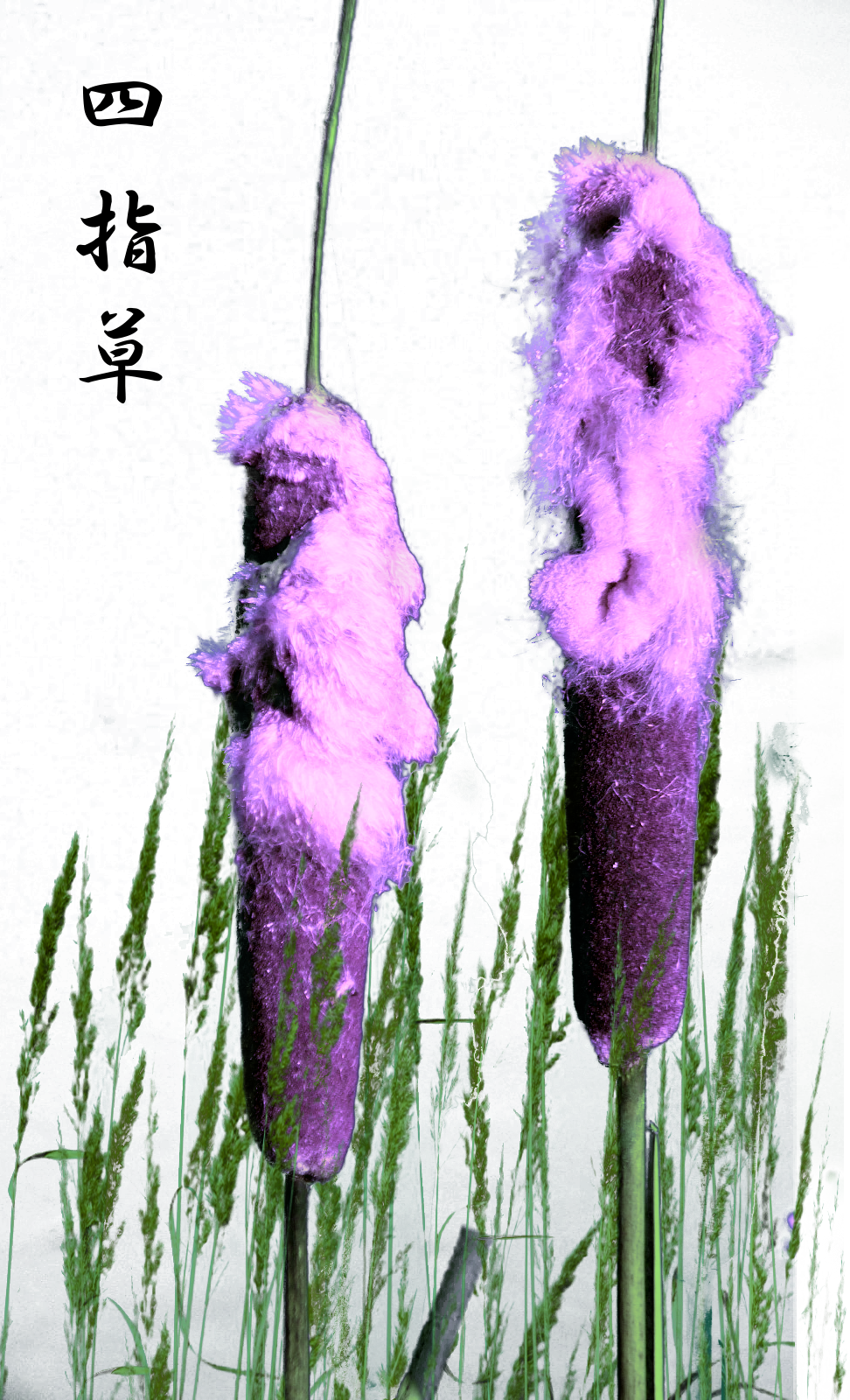
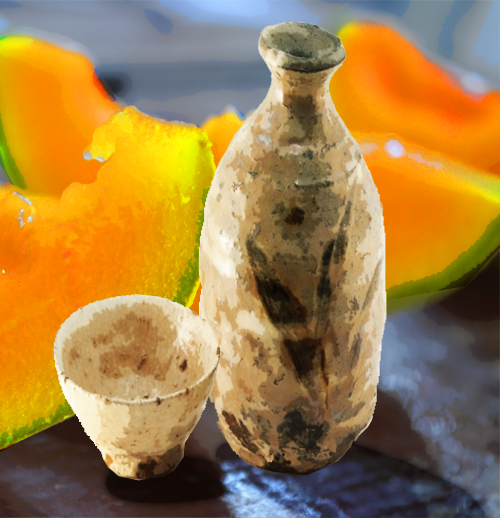



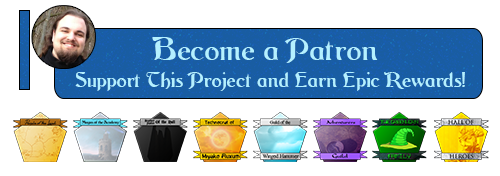


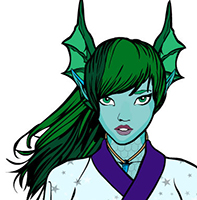
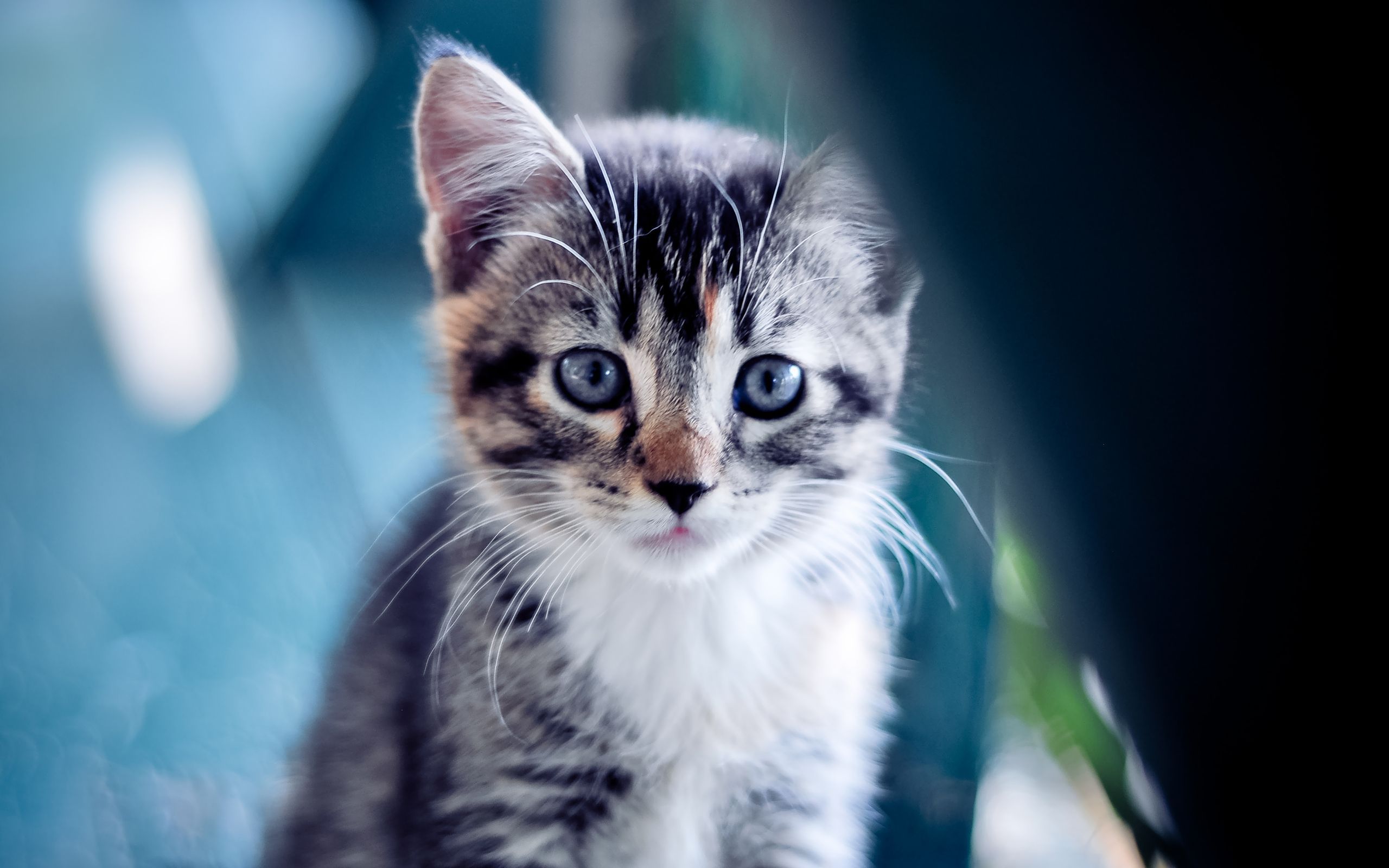
Short and sweet, with enough body and sweet details to leave me quenched with delight, like my sake. ;) The way you formatted/styled the article title is also well done!
Thank you very much ^-^ I am happy you enjoyed reading the article; kinda makes me want to do the other moth-related festivals I listed in my moth article :D